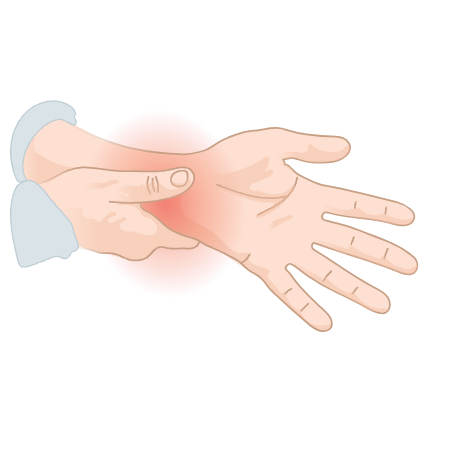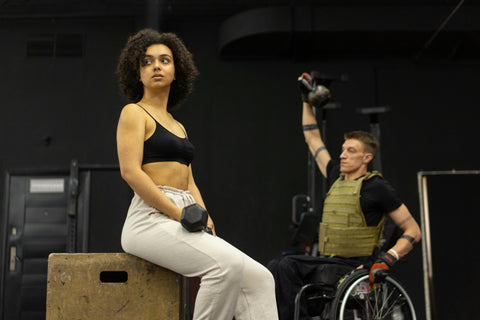
GUIDE TO AVOIDING MOST COMMON SPORTS INJURIES
Whether playing in one’s backyard or in a court, when it comes to common sports injuries, it is like a case of ‘been there-done that’ for most of us. Pulled muscles to broken bones - there can be simple practices one can adopt to evade injuries while being engaged in sports.
Avoiding most common sports injuries
Here address the most common sports injuries and how to lessen the likelihood of getting injured.
Eye Injuries
People of all ages are prone to ocular sports injuries regardless of what kind of sport one is engaged in. Mostly, one is vulnerable to blunt trauma, penetrative or radiation-related eye injuries in sports. Yet, according to Desmond and Optom, 90% of eye injuries in sports are preventable.
The easiest way to avoid eye injuries is by wearing protective eyewear at all times. Polycarbonate lenses (3mm) are considered the best in sports by the American Academy of Family Physician because they are thinnest and also impact-resistant. The best part is that these can be worn under any facemask, helmet or glasses.
Sprains and Strains
When a ligament near a joint gets torn or stretched, it is known as a sprain. And, when the same happens to a tendon or a muscle, it results in a strain. Symptoms are the same in both cases; pain, swelling, trouble moving, bruising and being unable to apply weight to the affected joint.

For prevention, practice safe workouts, using appropriate equipment (including shoes and clothing) and warm up exercises are the best measures one can take. And if it happens, it is important to get some rest and keep a mental note that a doctor would be best suited to differentiate the two, and in suggesting anti-inflammatory medications.
Dislocation and Fractures
Dislocations occur when ends of bones are forced out of position. Mayo Clinic further warns that once it happens, one is likely to dislocate again. While in fractures, bones may break from any point, often due to acute application of force. Extreme pain, swelling, numbness, immobilisation and deformity happens in both cases.

The top prevention tip is to use suggested protective gears according to the type of sports. Stability and strength exercises are highly recommended to prevent future dislocations and fractures.
Abrasions, Cuts and Lacerations
Different names are used to refer to such injuries such as scrapes, friction burns, grazes and road rashes, etc. These are typically caused by a fall on rough surfaces, and wearing off of the skin normally occurs.
Minor bleeding, draining and pain are commonly associated with such injuries. If not dealt with properly (rinsing, topical antibiotic application and bandages, etc.), a wrong judgement in such injuries can result in serious infection or scarring later on.
Researchers recommend these key points for practicing prevention:
- Learning proper form,
- Forcing safety habits and rules
- Staying within one’s skill / weight limits (without putting undue pressure to achieve something impossible).
Based on the above tips, it is clear that safety equipment and precautions are very influential in reducing the risks and prevention of most common sports injuries.
About the Author

Qurat Shahzad
Qurat-ul-Ain is a dedicated writer who likes to write anything and everything.



